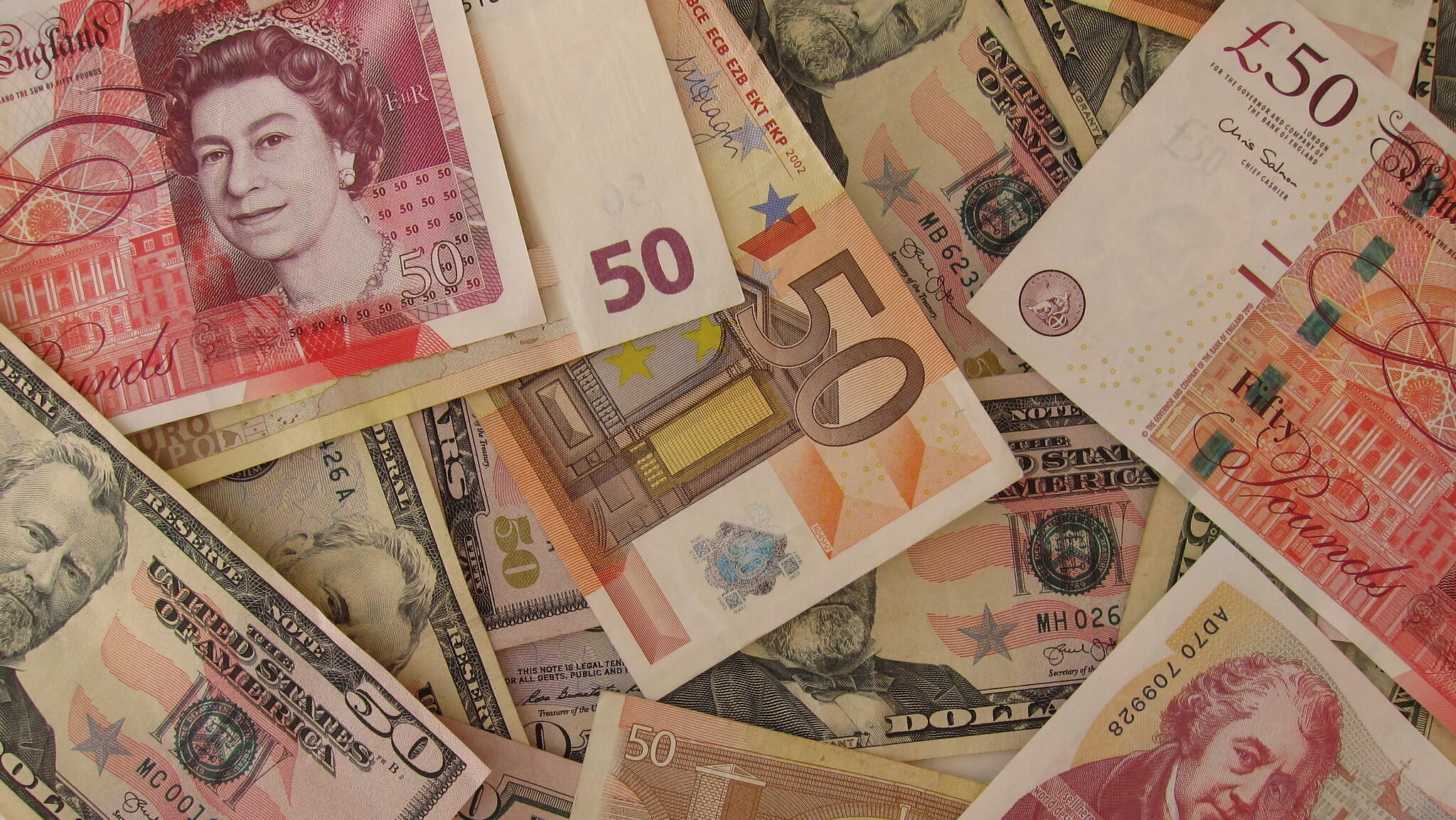The United States dollar closed the week near its lowest level in three years, battered by surging volatility in the bond and currency markets triggered by President Donald Trump’s aggressive tariff policies.
A 90-day reprieve from many levies briefly offered relief, but the overall environment remains tense ahead of the Easter holiday break, with investors bracing for another eventful week.
While hopes linger for a quiet few days, concerns persist over a deepening U.S.-China trade rift, rising inflation risks, and a potential blow to global growth. U.S. retail sales data will be closely scrutinised for clues about consumer resilience under Trump's tariff regime.
At the same time, rate decisions from the European Central Bank (ECB) and Bank of Canada (BoC) will test investor expectations about policy divergence.
In Asia, attention will turn to a wave of economic data from China, as well as rate decisions in Singapore and South Korea, all under the shadow of worsening global trade dynamics.
Euro rises - ECB cuts expected
The euro surged against the dollar last week as scepticism about the greenback intensified. While the pair didn’t breach the 1.1500 level, upward momentum could continue if macro conditions remain unchanged.
The ECB’s rate decision on Thursday will be the focal point for the eurozone, especially with a thin data calendar ahead of Easter. Markets are pricing in another 25 basis-point deposit rate cut to 2.4% as tariff tensions continue to pose growth risks.
Other key eurozone releases include the ZEW sentiment index, French and Italian CPI data, Spanish industrial orders, and Germany’s March producer prices. Government bond auctions are scheduled throughout the week in Germany, France, Finland, and Greece.
Aussie rebounds amid USD declines
The Australian dollar extended its rebound on Friday, trading around 0.6280 during the U.S. session. The broad-based decline in the U.S. dollar, driven by weak economic data and inflation concerns, supports the Aussie.
While technical indicators show cautious optimism, the broader trend remains bearish.
Pound recovers from growth surprise
The Pound staged a strong comeback, gaining over 1.5% against the dollar last week. Having fallen to a monthly low of 1.2708 earlier, GBP/USD recovered amid a widespread sell-off in U.S. assets fuelled by market fears over economic stability under the Trump administration.
With the Fed facing pressure to ease policy, markets are now pricing in multiple rate cuts. The U.S. March CPI came in at 0.1%, putting annual inflation at 2.4%, down from 2.8% in February.
Meanwhile, stronger-than-expected UK GDP figures also supported sterling. The British economy expanded by 0.5% month-over-month in February, beating 0.1% growth forecasts.
Yen strengthens as USD safe-haven appeal fades
The dollar slumped to a seven-month low near 142.00 against the yen as the currency pair continued to reflect investor sentiment more than rate differentials. Surging Treasury yields are now viewed as signs of capital flight, with the dollar's traditional safe-haven appeal being undercut by erratic trade policies.
Late Friday, Trump announced that certain electronics would be exempted from new tariffs, a move that could lift USD/JPY when markets reopen. However, the broader outlook remains negative unless trade tensions are resolved fundamentally.
Key Economic Events for the Week Ahead
Monday
The week begins with Japan reporting its February capacity utilisation and industrial production data, both anticipated to show a 2.5% month-over-month increase.
Tuesday
In Australia, the release of the Reserve Bank of Australia's latest meeting minutes will be closely monitored.
The United Kingdom releases its average earnings index including bonuses, and the unemployment rate for February, with forecasts at 5.7% and 4.4%, respectively.
In the United States, the NY Empire State manufacturing index for April is set to be released, with a consensus forecast of -14.8, an improvement from the previous -20.0.
Wednesday
The United Kingdom reports its consumer price index (CPI) and core CPI for March, with expectations of 2.7% and 3.4% year-over-year increases, respectively.
In the United States, key data releases include March retail sales, anticipated to rise by 1.3%, and industrial production, expected to decline by 0.3%. Additionally, the home builder confidence index for April will be released.
Thursday
In Australia, investors will be watching for monthly labour market data, with unemployment expected to tick up to 4.2%.
In the Eurozone, the European Central Bank (ECB) announces its interest rate decision, with a consensus forecast of a cut to 2.40% from the previous 2.65%.
The United States releases several key indicators, including initial jobless claims, housing starts, building permits, and the Philadelphia Fed manufacturing index for April, expected at 6.8, down from 12.5.
Friday
Most global markets, including those in the United Kingdom, the United States, and the Eurozone, are closed for Good Friday. No major economic data releases are scheduled for this day.



